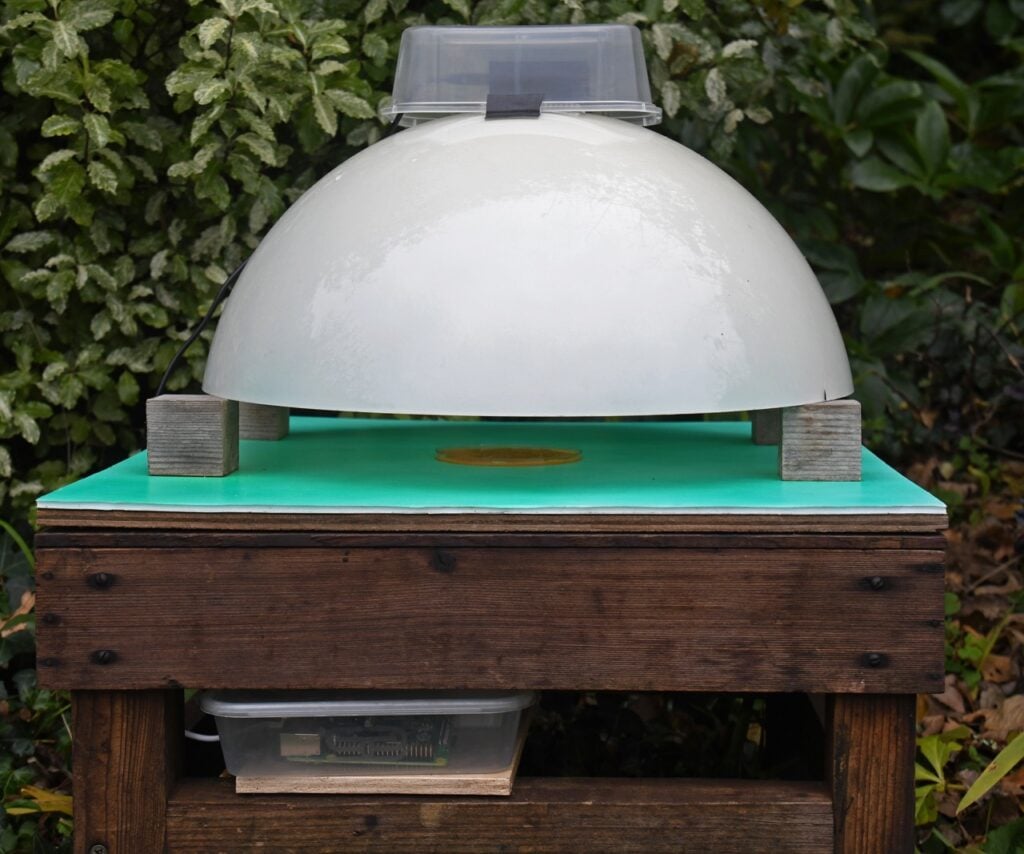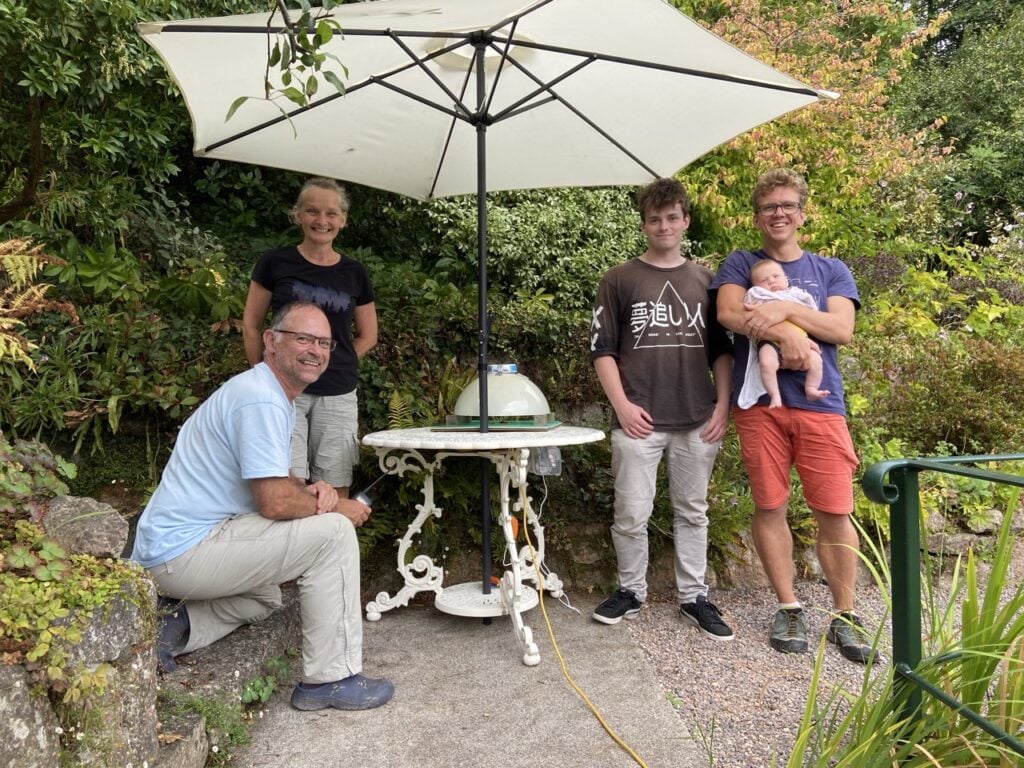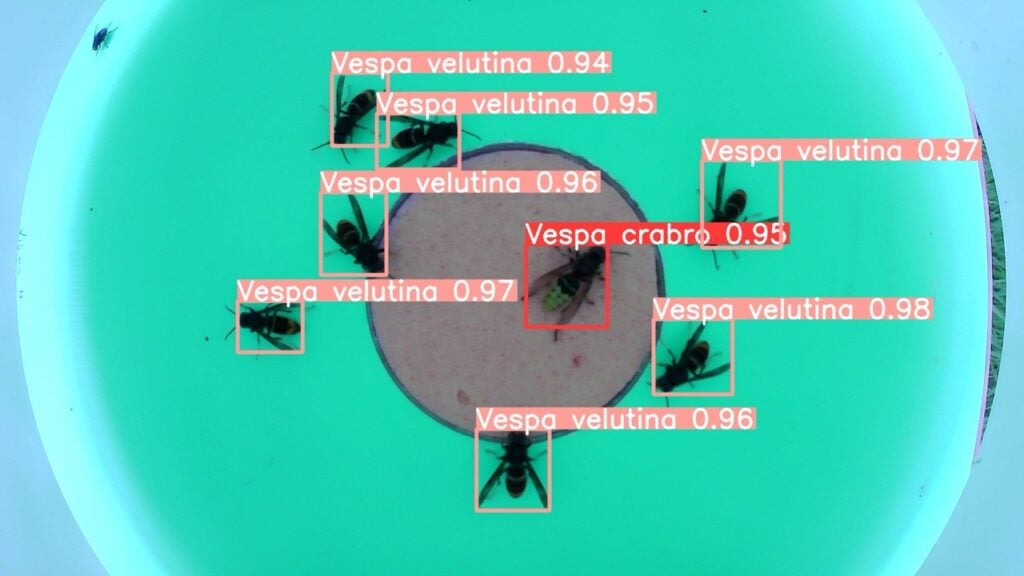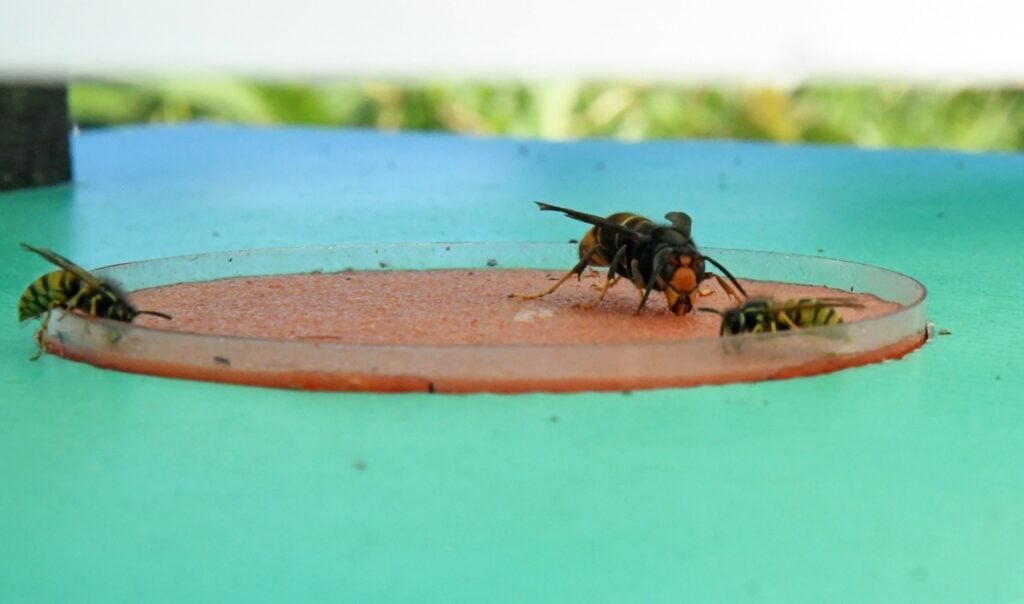Track Asian hornets with VespAI | #MagPiMonday
AI models are adept at distinguishing one winged creature from another. This #MagPiMonday, Rosie Hattersley goes beyond the buzz.

Fun fact that might get you a point in the local pub quiz: Vespa, Piaggio’s iconic scooter, is Italian for wasp, which its buzzing engine sounds a bit like. Less fun fact: nature’s counterpart to the speedy two-wheeler has an aggressive variant that has been seen in increasing numbers across western Europe and which is a direct threat to bees, which are one of their key food sources. Bees are great for biodiversity; Asian hornets (the largest type of eusocial wasp) are not. But it’s only particular hornet species that pose such a threat. Most citizen reports of Asian hornets are native species, and a key issue is ensuring that existing hornet species are not being destroyed on this mistaken assumption. To combat misinformation and alarm at the so-called ‘killer’ hornet (itself a subset of wasp), academics at the University of Exeter have developed a VespAI detector that presents a positive identification system showing where new colonies of the invasive hornet Vespa velutina nigrithorax have begun to spread. The system works by drawing the insects to a pad that is impregnated with tasty (to wasps) smelling foodstuffs.

Considerate response
VespAI provides a nonharmful alternative to traditional trapping surveys and can also be used for monitoring hornet behaviour and mapping distributions of both the Asian hornet (Vespa velutina) and European hornet (Vespa crabro), which is protected in some countries. “Live hornets can be caught and tracked back to the nest, which is the only effective way to destroy them,” explains the team’s research paper.

Creepy feeling
VespAI features a camera positioned above a bait station that detects insects as they land to feed and gets to work establishing whether the curious mite is, in fact, an Asian hornet. The Exeter team developed the AI algorithm in Python, using YOLO image detection models. These identify whether Asian hornets are present and, if so, send an alert to users. Raspberry Pi proved a great choice because of its compact size, ability to run the hornet recognition algorithm, real-time clock, and support for peripherals such as an external battery. The prototype bait station design was made with items that the team had at hand in their lab, including a squirrel baffle for the weather shield, Petri dishes and sponges to hold hornet attractant, and a beehive stand for the monitor to rest on.

Design challenges included optimising the hornet detection algorithm for use on Raspberry Pi. “An AI algorithm may work well during training or when validated in the lab. However, field deployment is essential to expose it to potentially unforeseen scenarios that may return errors”, they note. The project also involved developing a monitor with an integrated camera, processor, and peripherals while minimising power consumption. To this end, the VespAI team is currently optimising their software to run on Raspberry Pi Zero, having watched footage of the AntVideoRecord device monitoring leafcutter ant (Acromyrmex lundi) foraging trails and been impressed by its ability to run for extended periods remotely due to its low power consumption.
As this interactive map shows, Asian hornets have quickly made inroads across Western Europe.

The Raspberry Pi-enabled setup is “intended to support national surveillance efforts, thus limiting hornet incursions into new regions,” explains Dr Thomas O’Shea-Wheller, a research fellow in the university’s Environment and Sustainability Institute. He and his colleagues have been working on the AI project since 2022, conducting additional fieldwork this summer with the National Bee Unit and the Government of Jersey (Channel Islands) mapping new locations and fine-tuning its accessibility to potential users ahead of a planned commercial version.
Given Raspberry Pi’s extensive and enthusiastic users, they hope sharing their code on GitHub will help expand the number of VespAI detection stations and improve surveillance and reporting of hornet species.
This article originally featured in issue 146 of The MagPi magazine.
The MagPi #146 out NOW!
You can grab the new issue right now from Tesco, Sainsbury’s, Asda, WHSmith, and other newsagents, including the Raspberry Pi Store in Cambridge. It’s also available at our online store, which ships around the world. You can also get it via our app on Android or iOS.

You can also subscribe to the print version of The MagPi. Not only do we deliver it globally, but people who sign up to the six- or twelve-month print subscription get a FREE Raspberry Pi Pico W!
The post Track Asian hornets with VespAI | #MagPiMonday appeared first on Raspberry Pi.